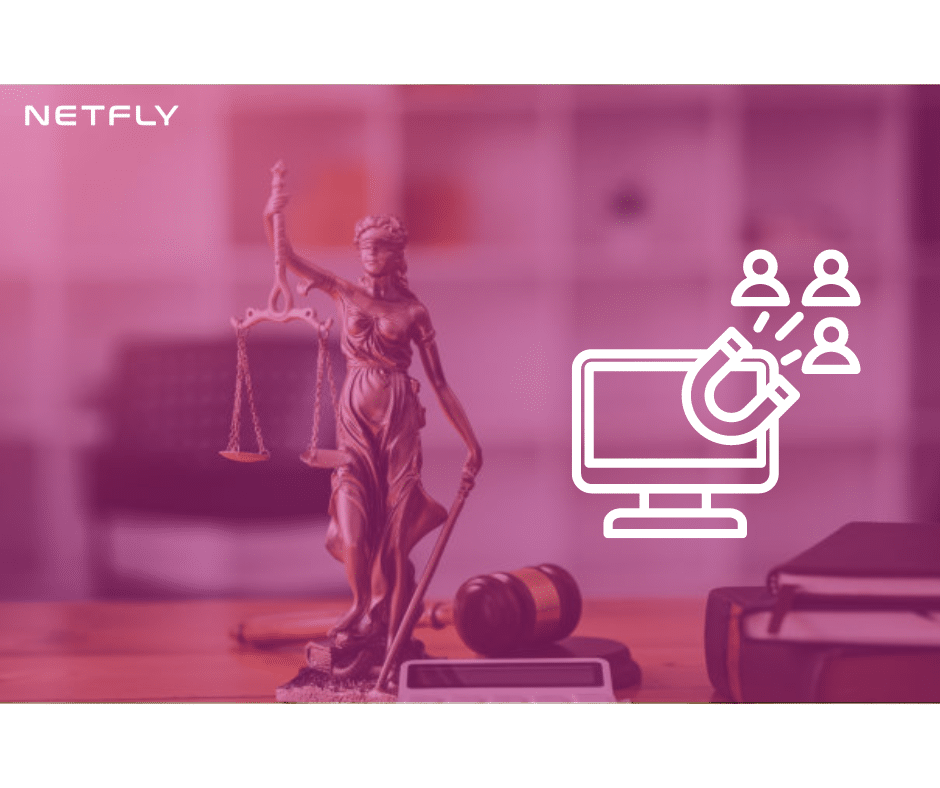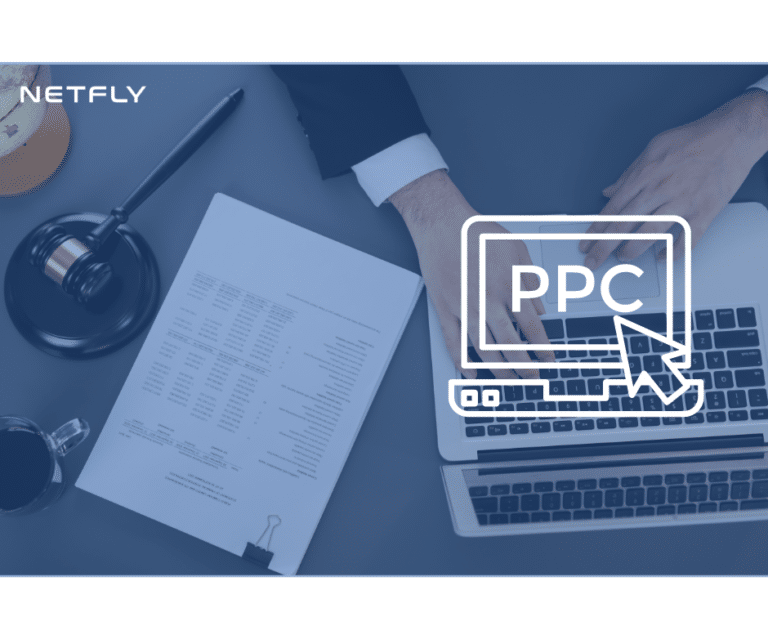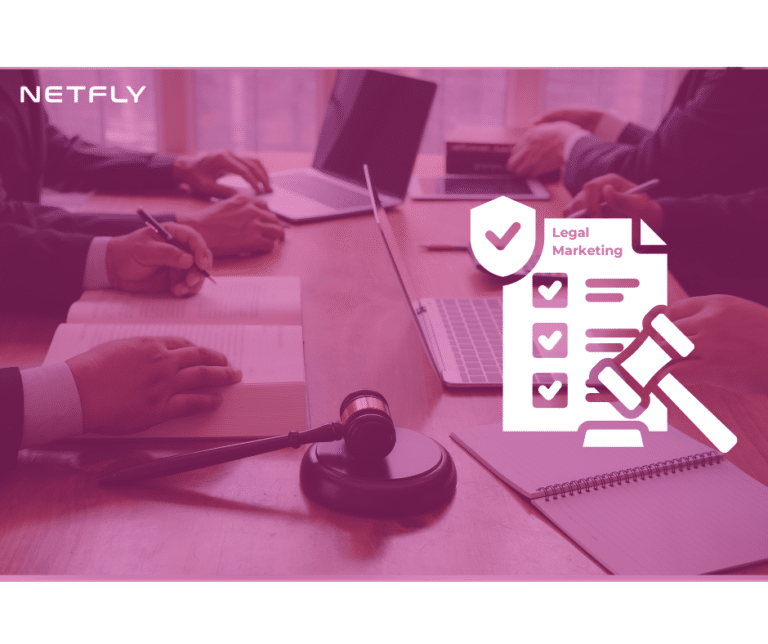Key Takeaways for Personal Injury Leads for Attorneys
- Quality Over Quantity:
Focus on acquiring high-quality leads rather than a large volume of low-potential leads. - Diverse Lead Sources:
Utilize a combination of online marketing, networking, traditional advertising, and legal lead generation services. - Robust Evaluation Process:
Implement a stringent process for evaluating and qualifying leads to ensure case viability and potential. - Ethical Practices are Paramount:
Adhere strictly to legal advertising ethics and avoid aggressive or misleading tactics. - Leverage Technology:
Use CRM systems and automation tools for efficient lead management and nurturing. - Measure and Adjust:
Regularly track your lead sources and conversion rates to understand ROI and make data-driven adjustments. - Stay Informed and Adaptable:
Keep abreast of emerging trends in digital marketing and legal lead generation, and be ready to adapt your strategies.
I. Introduction
Welcome, law firm owners. You’re in a constant battle – a battle to capture, nurture, and convert personal injury leads. In this highly competitive space, understanding the nuances of lead generation is not just beneficial; it’s imperative. This guide is your compass in the often tumultuous journey of acquiring and managing personal injury leads.
II. Understanding Personal Injury Leads
Picture a lead as a seed. Some are more likely to grow than others. Personal injury leads come in various shapes and sizes – from auto accidents to workplace injuries. The key? Focusing on the quality of these seeds rather than the quantity.
III. Sources of Personal Injury Leads
Leads are everywhere, but not all are created equal. Consider these avenues:
- Online Marketing Strategies: The digital footprint – SEO, PPC, social media – where visibility meets opportunity.
- Networking and Referrals: The old-school handshake still holds power.
- Traditional Advertising: TV, radio, print – the classics never go out of style.
- Legal Lead Generation Services: Outsourcing with caution and care.
IV. Evaluating and Qualifying Leads
Not every lead is a golden ticket. To filter the gold from the silt, implement a robust screening process. Focus on case viability and client potential. Use tools and software to streamline this process.
V. Conversion Strategies
First impressions count. How you approach a potential client can make or break a deal. Build trust, establish rapport, and follow up. Remember, a nurtured lead is a potential win.
VI. Ethical Considerations
Tread carefully. The legal advertising world is fraught with ethical landmines. Steer clear of aggressive tactics and always align with the guidelines set by your state and national bar associations.
VII. Measuring Success and ROI
What gets measured gets managed. Track your lead sources and conversion rates. Analyze your cost per lead and acquisition. Adjust your sails based on these winds of data.
VIII. Case Studies and Success Stories
Learn from those who’ve navigated these waters successfully. Adapt their strategies, but remember, every law firm’s journey is unique.
IX. Leveraging Technology for Lead Management
In this digital era, CRM systems and automation tools are your best friends. They streamline your process, ensuring no lead falls through the cracks while maintaining data security.
X. Future Trends in Personal Injury Lead Generation
The horizon is always changing. Stay ahead by keeping an eye on latest digital marketing trends, the growing role of AI, and shifts in consumer behavior.
Conclusion
As you return to the battleground of personal injury leads, remember the lessons shared. Implement these strategies with confidence and be open to evolving them as the market changes.
Continue your learning. Dive into recommended readings, join webinars, and seek further guidance. Your journey in mastering personal injury leads is ongoing, and your willingness to adapt and learn is your greatest asset.
Frequently Asked Questions (FAQs)
Q.What makes a personal injury lead to ‘high-quality’?
A. A high-quality lead is one that has a strong potential for conversion, indicated by factors like case viability, the seriousness of injury, and the lead’s readiness to engage legal services.
Q. How important is online marketing for generating personal injury leads?
A. In today’s digital age, online marketing is crucial. It increases visibility and allows firms to target specific demographics, enhancing the quality of leads generated.
Q. Can traditional advertising still be effective for personal injury leads?
A. Absolutely. Traditional advertising, such as TV and radio, continues to be effective, especially for reaching audiences that may not be as active online.
Q. What are some ethical concerns in personal injury lead generation?
A. Key concerns include avoiding misleading or false advertising, respecting client confidentiality, and adhering to the advertising guidelines set by bar associations.
Q. How can technology improve lead management for personal injury cases?
A. Technology, especially CRM systems, can help in organizing, tracking, and nurturing leads efficiently, ensuring timely follow-ups and better conversion rates.
Q. What role does networking play in acquiring personal injury leads?
A. Networking is vital for building relationships that can lead to referrals. A strong professional network can be a consistent and reliable source of high-quality leads.
Q. How can I measure the success of my lead generation efforts?
A. You can be measure the success by tracking metrics such as lead source effectiveness, cost per click, conversion rates and overall return on investment (ROI).










